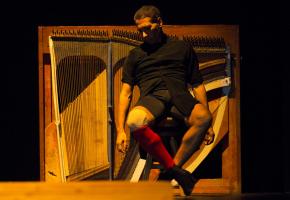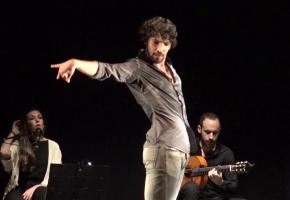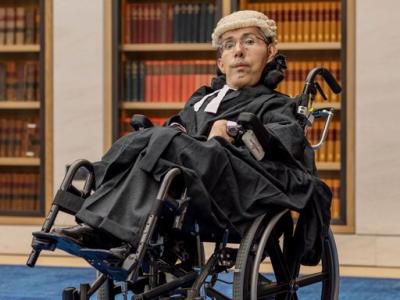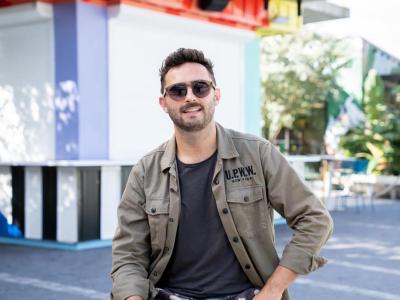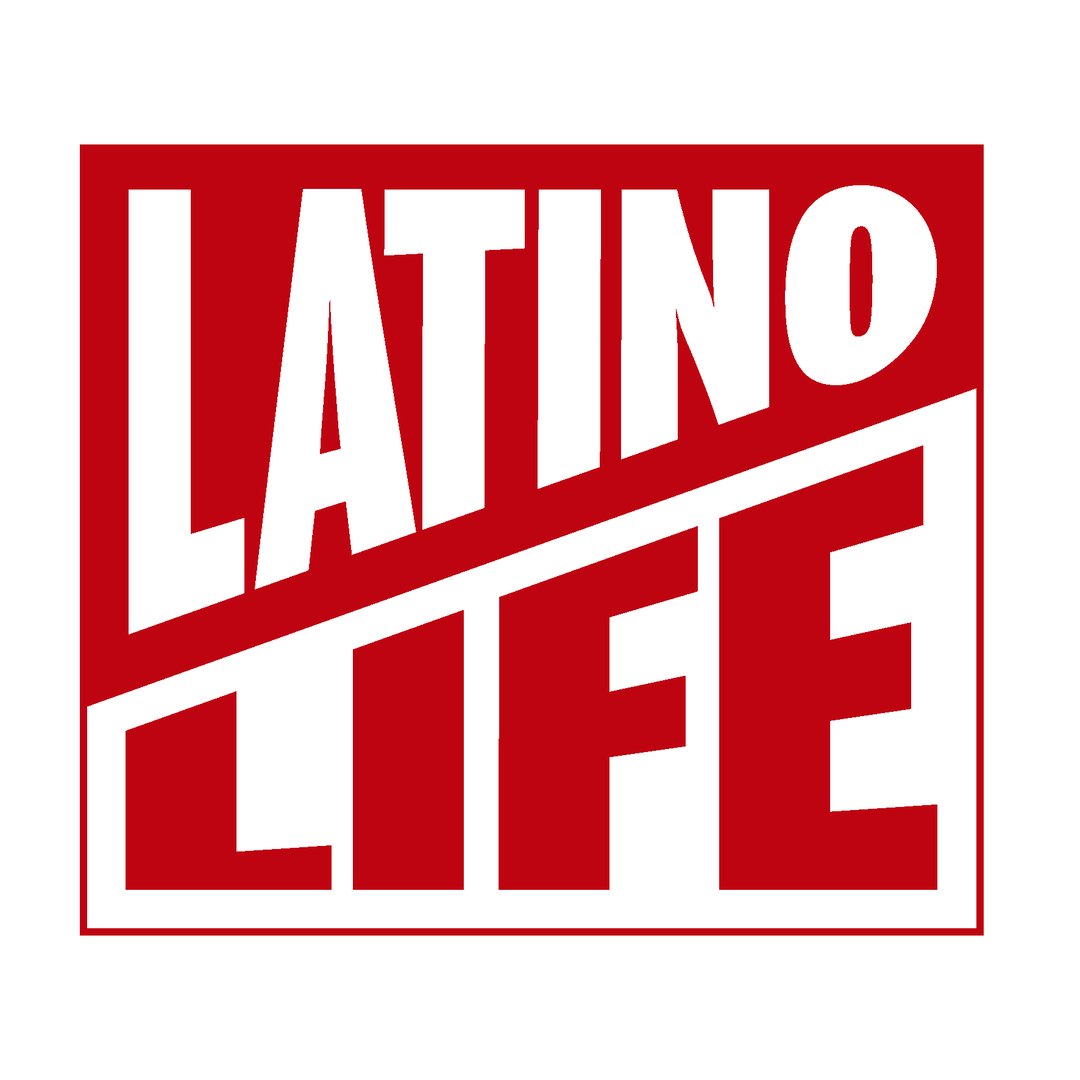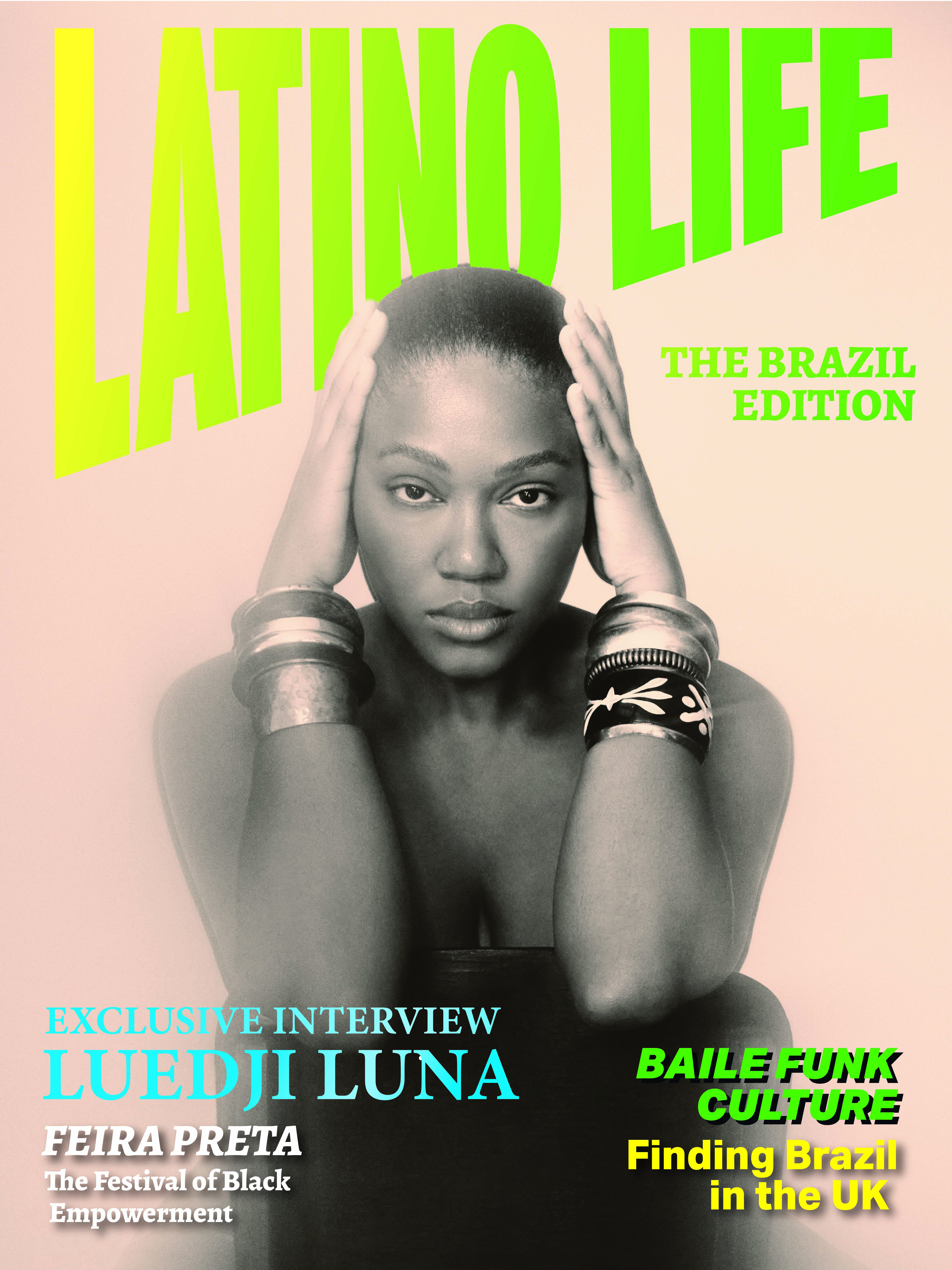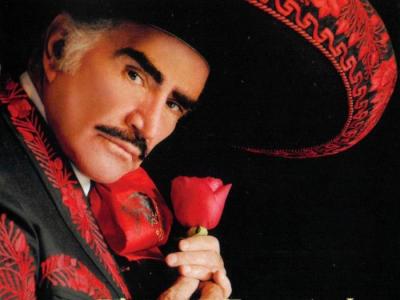Antonio Gades was one of the most prominent artists of his generation both as dancer and choreographer. A few months before he died in 2004, at the age of 67, he set up a foundation to look after his artisitic heritage. Under the direction of Stella Arauzo, who danced with him and took over from the famed Cristina Hoyos, the company ensures that this is so.
The Carmen of Antonio Gades, and Fuerteovejuna, which will be the subject of his company's workshop at the Instituto Cervantes, were the best known examples of his work, thoughCarmen featuring Cristina Hoyos, who partnered him for many years, reached a wider audience through the film made by Gades and Carlos Saura.
Early pictures show him in the uniform of a pageboy, a position much-prized in a Spain incredibly poorer than now. He was born Antonio Esteve Ródenas in Elda, Alicante, in 1936, just after the outset of the Civil War. His father was a bricklayer, and his mother died on Active Service.
He did not set out to become a dancer. However he later said: “Mi objectivo como creador es crear un ballet español que lo pueda bailar cualquier bailarin. La danza española puede tambien tener una expresíon universal. Por lo menos, eso es lo que busco.” In this we have much to thank him for. He was himself bailarin - trained both classically and as a flamenco dancer, but concentrated his life’s work on promoting the role of bailaor - flamenco dancer - that he filled so well.
He was named Gades, after Cadiz, a Spanish city credited with producing dancers since Biblical times, by the famous dancer Pilar López. She it was who first spotted his talent, and took him into her international company.
In fact his first work as a choreographer was for Giancarlo Menotti for the Spoleto Festival in 1962. It was a version of Carmen. That was when he formed his own company - of six artists. In 1990 the number was 36.
His views showed the depth of his understanding. “The great thing about flamenco is its restraint. While the dance is made up of a tremendous energy, sensuality and eroticism, continuously vibrating, you do not explode. But austerity and asceticism are also present.”
“As for all the talk about ‘flair’ and ‘inspiration’, I’m not sure what to say. I believe in hard work in music and sensitivity, which is also an education in itself.”
“One thing is to tap the ground and another is to stamp on it. The ground is not for stamping, it’s for drawing sounds from it through caressing it.”
“I’m interested in everything that offers me something. I like to take everything in, to see and to feel. You always gain something from others, you look and you learn. The flamenco artists who say that they are self-taught are lying.”
The performance of Carmen at Sadler’s Wells in 2009 included a number of artists from the original cast. Adrian Galia took the principal male role. At times he was so like, that it seemed Antonio Gades was still there.
It could be said that he was fascinated by the story of Carmen. What has emerged from his many press conferences on this particular creation is that he felt Carmen as a character had not had the recognition she deserved. “She’s always been treated frivolously and as a man-eater.” But neither was the case. “When she loved she said so and she did the same when she stopped loving. She also had such an exalted concept of freedom that she preferred to die rather than lose it.” When the popular version of Carmen, by Merimée with music by Bizet, was written in 1837 the character scandalised the puritans and those “who could not see that she stood for true female emancipation.”
Though Gades died in Madrid after a long struggle against cancer, his ashes are interred in Havana where he had a home. A member of the Communist Party of Cuba he was decorated with the Order of José Marti by Cuba’s President, Fidel Castro. about six weeks before his death. He is credited with being the most honoured Spanish dancer to date.
Vera King published Flamenco News, the magazine of the Peña Flamenca de Londres, the premier flamenco club in the UK, run by members to promote flamenco. It currently meets on the second Sunday in the month at the Nuevo Costa Dorada, Hanway Street, London W1.www.flamenco-london.org.uk
The Antonio Gades Company will perform at Sadlers Wells and be giving a FREE workshop at the Instituto Cervantes, booking essential. Click for more info


